Home>Articles>How Much Hydraulic Fluid Does A Dirty Hand Tools Log Splitter Take
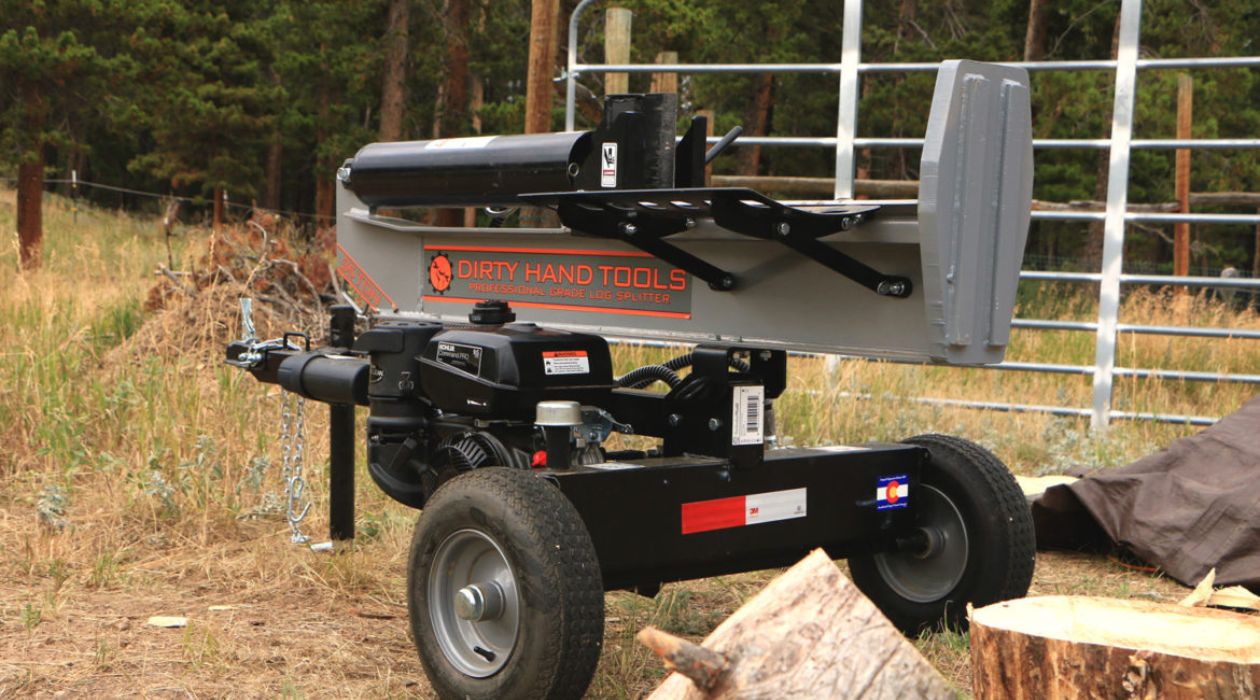

Articles
How Much Hydraulic Fluid Does A Dirty Hand Tools Log Splitter Take
Modified: December 7, 2023
Learn about the amount of hydraulic fluid needed for a Dirty Hand Tools log splitter in this informative article.
(Many of the links in this article redirect to a specific reviewed product. Your purchase of these products through affiliate links helps to generate commission for Storables.com, at no extra cost. Learn more)
Introduction
When it comes to splitting logs, a log splitter is an invaluable tool that can make the job much easier and more efficient. The hydraulic system of a log splitter plays a crucial role in its operation, and without proper maintenance and care, its performance can be compromised. One essential aspect of the hydraulic system is the hydraulic fluid.
Hydraulic fluid is the lifeblood of a log splitter. It is responsible for the smooth operation of the hydraulic system, providing the necessary power and lubrication for the moving parts. Without the right amount of hydraulic fluid, the log splitter may not function properly, leading to decreased performance, increased wear and tear, and even potential damage to the machine.
In this article, we will delve into the world of hydraulic fluid and explore its importance in log splitters. We will discuss how to determine the required amount of hydraulic fluid, the factors that affect the amount needed, and the steps to check and fill hydraulic fluid in a log splitter. Additionally, we will highlight common mistakes to avoid and provide maintenance tips to keep your log splitter’s hydraulic system in top shape.
So, if you own a log splitter or are considering purchasing one, read on to discover everything you need to know about hydraulic fluid and its significance in keeping your log splitter running smoothly and efficiently.
Key Takeaways:
- Maintaining the correct amount of hydraulic fluid in a log splitter is crucial for optimal performance, longevity, and efficiency. Regular checks, proper filling, and adherence to manufacturer’s recommendations are essential for ensuring smooth log splitting operations.
- Avoiding common mistakes such as using the wrong type of fluid, overfilling or underfilling the reservoir, and neglecting fluid level checks is vital for preventing potential performance issues and damage to the hydraulic system in log splitters.
Read more: How To Hollow Log With Hand Tools
Understanding Hydraulic Fluid
Before delving into the specifics of hydraulic fluid in log splitters, it is important to have a basic understanding of what hydraulic fluid is and how it functions. Hydraulic fluid is a specially formulated liquid that is used in hydraulic systems to transmit power and provide lubrication.
The primary purpose of hydraulic fluid is to transfer the energy generated by the hydraulic pump to the hydraulic cylinder, which is responsible for generating the force needed to split logs. It also helps to lubricate and cool the moving parts within the hydraulic system, preventing friction and reducing wear.
Hydraulic fluids are typically made from a blend of base oils and various additives to enhance their performance characteristics. Common base oils used in hydraulic fluids include mineral oil, synthetic oil, or a combination of both. These base oils provide the necessary viscosity and thermal stability to withstand the high pressures and temperatures found in hydraulic systems.
In addition to base oils, hydraulic fluid formulations contain additives such as anti-wear agents, rust inhibitors, and foam suppressants. These additives help to improve the fluid’s lubricating properties, protect against corrosion, and prevent the formation of foam, which can negatively impact hydraulic system performance.
It’s important to note that not all hydraulic fluids are created equal, and using the wrong type of hydraulic fluid can lead to performance issues and potential damage to the log splitter. Always consult the log splitter’s manual or manufacturer’s recommendations to determine the appropriate type and viscosity grade of hydraulic fluid to use.
Now that we have a foundation of knowledge about hydraulic fluid, let’s explore in more detail the importance of hydraulic fluid in log splitters and how to determine the required amount.
Importance of Hydraulic Fluid in Log Splitters
Hydraulic fluid plays a vital role in the operation and performance of log splitters. It is essential for the efficient conversion of power from the hydraulic pump to the hydraulic cylinder, allowing the machine to exert the necessary force for splitting logs.
One of the primary functions of hydraulic fluid is hydraulic power transmission. The hydraulic pump pressurizes the fluid, which is then delivered to the hydraulic cylinder. The pressure exerted by the fluid acts on the piston within the cylinder, producing the force required to split the logs. Without an adequate amount of hydraulic fluid, the log splitter will lack the necessary power to perform effectively.
Another crucial function of hydraulic fluid is lubrication. As the moving parts of the log splitter’s hydraulic system operate, friction is naturally generated. Hydraulic fluid lubricates these moving components, reducing friction and wear. This lubrication helps to extend the lifespan of the log splitter and maintain its smooth operation.
Hydraulic fluid also serves as a coolant within the system. As the fluid circulates through the hydraulic system, it absorbs and dissipates heat generated during operation. This cooling effect helps prevent overheating and potential damage to the log splitter’s components.
In addition to power transmission, lubrication, and cooling, hydraulic fluid also provides a level of seal protection. Log splitters rely on various seals to prevent leaks and maintain the required pressure within the hydraulic system. The hydraulic fluid helps to keep these seals moist and flexible, preventing them from drying out and potentially causing leaks.
Furthermore, proper hydraulic fluid maintenance is essential to prevent contamination and ensure optimal performance. Contaminants such as dirt, debris, water, and air can infiltrate the hydraulic fluid, compromising its effectiveness and potentially damaging the log splitter’s hydraulic system. Regularly checking and replacing the hydraulic fluid, as well as using appropriate fluid filtration systems, can help maintain the quality of the fluid and prolong the lifespan of the log splitter.
In summary, hydraulic fluid is of paramount importance in log splitters. It facilitates power transmission, lubricates and cools the system, protects seals, and contributes to overall performance and longevity. By understanding the significance of hydraulic fluid, log splitter owners can ensure proper maintenance and operation to maximize their machine’s efficiency and lifespan.
Determining the Required Amount of Hydraulic Fluid
Knowing the correct amount of hydraulic fluid needed for your log splitter is crucial for maintaining its optimal performance. Adding too little fluid can lead to inadequate lubrication and power transmission, while adding too much can cause excess pressure and potential damage to the system. Here are some steps you can follow to determine the required amount of hydraulic fluid for your log splitter:
- Refer to the log splitter’s manual: The manufacturer’s manual is the best resource for determining the recommended amount of hydraulic fluid. It will provide specific guidelines and measurements based on the log splitter’s specifications and design. Always consult the manual and follow the manufacturer’s instructions.
- Check the hydraulic reservoir capacity: The hydraulic reservoir is the container that holds the hydraulic fluid in the log splitter. Determine the capacity of the reservoir by looking for markings or labels on the reservoir itself or referring to the manual. This will give you an idea of the maximum amount of hydraulic fluid that the log splitter can hold.
- Inspect the fluid level indicator: Many log splitters are equipped with a fluid level indicator, which is typically a dipstick or a sight glass. This indicator allows you to visually check the current fluid level in the reservoir. Ensure that the log splitter is on a level surface and the fluid level is within the recommended range indicated by the manufacturer.
- Measure the fluid level with a dipstick: If your log splitter does not have a sight glass or dipstick, you can use a dipstick to measure the fluid level. Insert the dipstick into the reservoir, ensuring it reaches the bottom. Remove the dipstick and check the fluid level. Compare it to the minimum and maximum marks on the dipstick, if provided, or consult the manual to determine the appropriate fluid level.
- Consider the hydraulic system design: The specific design of your log splitter’s hydraulic system, such as the size and type of pump and cylinder, can also influence the required amount of hydraulic fluid. Higher pressure systems and larger cylinders may require more fluid to operate optimally. Take these design factors into consideration when determining the appropriate fluid level.
By following these steps and taking into account the log splitter’s manual, reservoir capacity, fluid level indicator, dipstick, and hydraulic system design, you can accurately determine the required amount of hydraulic fluid for your log splitter. It is essential to maintain an appropriate fluid level to ensure the machine’s proper functioning and prevent potential damage to the hydraulic system.
Factors Affecting the Amount of Hydraulic Fluid
Several factors can influence the amount of hydraulic fluid required for your log splitter. Understanding these factors will help ensure that you add the correct amount of fluid and maintain optimal performance. Here are some key factors to consider:
Read more: Who Makes Dirty Hand Tools
Log Splitter Size and Design:
The size and design of your log splitter play a significant role in determining the amount of hydraulic fluid it requires. Log splitters come in various sizes, from small residential models to large commercial-grade machines. Larger log splitters with higher tonnage capacity and larger hydraulic cylinders typically require more hydraulic fluid compared to smaller models.
System Pressure and Flow Rate:
The operating pressure and flow rate of the hydraulic system also impact the required amount of hydraulic fluid. Log splitters with higher operating pressures may require a larger fluid volume to generate the necessary force for splitting logs. Similarly, log splitters with higher flow rates may require more hydraulic fluid to ensure smooth and efficient operation.
Log Splitter Usage:
The frequency and intensity of log splitter usage can affect the hydraulic fluid requirements. If you frequently use your log splitter for heavy-duty projects, such as splitting large, dense logs, you may need to add more hydraulic fluid to compensate for the increased demands on the system. Regularly monitor the fluid level and adjust accordingly based on your usage patterns.
Ambient Temperature and Operating Conditions:
Ambient temperature and operating conditions can also influence the amount of hydraulic fluid needed in your log splitter. In colder climates, hydraulic fluid may become thicker and less efficient, requiring a slightly higher volume to compensate for potential flow restrictions. Similarly, if you’re operating the log splitter in extreme heat or prolonged periods, the fluid may thin out, necessitating periodic checks and potential fluid top-ups.
Read more: How To Repair Dirty Hand Tools Cylinder
Fluid Contamination and Age:
The condition of the hydraulic fluid can impact the required amount. Over time, hydraulic fluid may become contaminated with dirt, debris, or moisture, affecting its performance and lubricating properties. If the fluid becomes contaminated, it may be necessary to drain, flush, and refill the log splitter with fresh hydraulic fluid. Always consult the log splitter manual or manufacturer’s recommendations regarding fluid replacement intervals and procedures.
Manufacturer Recommendations:
Finally, it is crucial to consult the log splitter’s manual or contact the manufacturer for specific guidelines regarding the required amount of hydraulic fluid. Each log splitter model may have unique specifications and considerations. The manufacturer’s recommendations should always be followed to ensure proper functioning and avoid any potential issues.
By considering these factors, you can determine the appropriate amount of hydraulic fluid required for your log splitter and ensure its optimal performance throughout its lifespan.
Steps to Check and Fill Hydraulic Fluid in a Log Splitter
Regularly checking and filling hydraulic fluid in your log splitter is essential for maintaining its optimal performance and preventing potential damage to the hydraulic system. Here are the steps to effectively check and fill hydraulic fluid in a log splitter:
- Ensure Safety Precautions: Before performing any maintenance tasks, ensure that the log splitter is powered off and the engine is cooled down. Wear appropriate safety gear, including gloves and eye protection, to protect yourself from any potential hazards.
- Locate the Hydraulic Reservoir: The hydraulic reservoir is where the hydraulic fluid is stored in the log splitter. Refer to the log splitter’s manual to determine the exact location of the reservoir. It is typically located near the hydraulic pump or cylinder.
- Check the Fluid Level: Look for a sight glass, dipstick, or fluid level indicator on the reservoir. If your log splitter has a sight glass, you will be able to visually see the fluid level. If it has a dipstick, insert it into the reservoir until it reaches the bottom, then remove and check the fluid level on the dipstick. If there is a fluid level indicator, observe whether the level is within the recommended range indicated by the manufacturer.
- Add Hydraulic Fluid: If the fluid level is low or below the recommended range, it is time to add hydraulic fluid. Remove the reservoir’s cap or access cover, taking care not to introduce any debris into the reservoir. Use an appropriate funnel to pour the hydraulic fluid into the reservoir. Add the fluid slowly, allowing it to settle and check the level periodically to avoid overfilling. Refer to the log splitter’s manual for the specific type and viscosity grade of hydraulic fluid recommended by the manufacturer.
- Check for Leaks: After adding hydraulic fluid, carefully inspect the reservoir, hoses, and connections for any signs of leakage. Hydraulic fluid leaks can lead to decreased performance and potential damage to the log splitter. If you notice any leaks, tighten loose connections or replace damaged components as necessary.
- Replace the Cap or Cover: Once you have confirmed the fluid level and checked for leaks, securely replace the reservoir’s cap or cover. Ensure it is tightly sealed to prevent any contaminants from entering the hydraulic system.
It is important to note that hydraulic fluid may expand when the log splitter’s hydraulic system heats up during operation. Therefore, it is recommended to check the fluid level when the log splitter is cold and not in use for accurate measurement.
By following these steps and keeping a regular maintenance schedule, you can effectively check and fill the hydraulic fluid in your log splitter. This will ensure its smooth operation and longevity, allowing you to tackle your log splitting tasks with ease.
Common Mistakes to Avoid when Adding Hydraulic Fluid
Adding hydraulic fluid to your log splitter is a crucial maintenance task, but it is important to do it correctly to prevent potential issues. Here are some common mistakes to avoid when adding hydraulic fluid:
Read more: How To Build Log Cabin With Hand Tools
Using the Wrong Type of Fluid:
Using the wrong type of hydraulic fluid is a common mistake that can have serious consequences. Always refer to the log splitter’s manual or the manufacturer’s recommendations to determine the appropriate type and viscosity grade of hydraulic fluid. Using the wrong fluid can lead to reduced performance, increased wear and tear, and potential damage to the hydraulic system.
Overfilling or Underfilling the Reservoir:
Adding too much or too little hydraulic fluid can adversely affect the log splitter’s operation. Overfilling the reservoir may cause excessive pressure, leading to leaks, component failures, or damage to the hydraulic system. On the other hand, underfilling the reservoir can result in inadequate lubrication and reduced performance. Always check the fluid level using sight glasses, dipsticks, or fluid level indicators, and add the appropriate amount of fluid as recommended by the manufacturer.
Not Checking for Leaks or Damage:
Prior to adding hydraulic fluid, it is essential to inspect the log splitter’s hydraulic system for any signs of leaks or damage. Hydraulic fluid leaks can reduce the system’s efficiency and contaminate the environment. Tighten loose connections, repair damaged hoses or seals, and ensure all components are in good condition before adding fluid to avoid wasting fluid and potential safety hazards.
Introducing Contaminants into the Reservoir:
Contaminating the hydraulic fluid can compromise the log splitter’s performance. Always keep the hydraulic reservoir and surrounding area clean and free from dirt, debris, and water. Use a funnel with a clean filter when adding hydraulic fluid to prevent contaminants from entering the system. Avoid touching the interior of the reservoir or the dipstick with dirty or oily hands.
Read more: Who Makes Dirty Hand Tools Mower
Not Regularly Checking and Maintaining the Fluid Level:
Regularly monitoring the fluid level in the log splitter’s reservoir is essential for proper maintenance. Ignoring regular checks and allowing the fluid level to drop too low can lead to insufficient lubrication and potential damage to the hydraulic system. Make it a habit to check the fluid level before each use and top it up as needed. Follow the log splitter’s maintenance schedule for fluid replacement intervals and adhere to those guidelines.
Skipping the Log Splitter’s Manual:
The log splitter’s manual is a valuable resource that provides specific guidelines and instructions for adding hydraulic fluid. Skipping or ignoring the manual can lead to mistakes and potential issues. Take the time to thoroughly read and understand the manufacturer’s recommendations regarding the type of fluid, the appropriate amount, and any other relevant considerations for your log splitter.
By avoiding these common mistakes and following the correct procedures for adding hydraulic fluid, you can ensure the smooth and efficient operation of your log splitter, prolong its lifespan, and prevent unnecessary damage or repairs.
Signs of Low Hydraulic Fluid Level in a Log Splitter
Maintaining an adequate hydraulic fluid level in your log splitter is crucial for its proper functioning and performance. When the hydraulic fluid level is low, several signs may indicate the need for attention. Here are the key signs to look for when the hydraulic fluid level is low:
Weakened Performance:
One of the clearest signs of low hydraulic fluid level is weakened performance in the log splitter. You may notice that the log splitter lacks power and struggles to split logs effectively. The force exerted on the logs may be reduced, resulting in slower or incomplete splitting. If you notice a sudden drop in the log splitter’s performance without any other apparent mechanical issues, low hydraulic fluid level may be the culprit.
Read more: How Do You Split A Log With Hand Tools
Unusual Noises:
Low hydraulic fluid can create unusual noises in the log splitter. You may hear a screeching, grinding, or whining sound as the hydraulic pump and cylinder work without adequate lubrication. These noises indicate friction and potential wear on the internal components due to insufficient hydraulic fluid.
Leaking Fluid:
If you notice hydraulic fluid leaking from your log splitter, it can be a sign of low fluid level. When the fluid level is too low, the system may develop leaks due to increased stress on the seals and connectors. Inspect the log splitter for any visible signs of leakage, such as puddles or wet spots near the hydraulic components or hoses.
Slow Cylinder Movement:
Low hydraulic fluid can lead to slow movement of the hydraulic cylinder in the log splitter. The cylinder may operate sluggishly, taking longer to extend or retract. This reduced speed can make log splitting tasks more time-consuming and less efficient.
Inconsistent Operation:
Another indication of low hydraulic fluid level is inconsistent operation of the log splitter. You may experience intermittent or unpredictable movements of the hydraulic cylinder. The operation may become jerky or uneven, hindering the smooth and seamless splitting process.
Read also: 10 Amazing Dirty Hand Tools for 2024
Dashboard Warning Lights:
Some log splitters may have dashboard warning lights that indicate low hydraulic fluid level. These lights are designed to alert you when the fluid level falls below the recommended level. If your log splitter is equipped with such warning lights, pay attention to them and take immediate action to address the low fluid level.
If you observe any of these signs, it is crucial to check the hydraulic fluid level in your log splitter and add fluid as needed. Promptly addressing the low fluid level will help maintain the log splitter’s performance and prevent potential damage to the hydraulic system.
Maintenance Tips for Hydraulic Fluid in Log Splitters
Maintaining the hydraulic fluid in your log splitter is essential for its optimal performance and longevity. Here are some maintenance tips to help you ensure the proper care and maintenance of hydraulic fluid in your log splitter:
Regularly Check the Fluid Level:
Make it a habit to regularly check the hydraulic fluid level in your log splitter. Before each use, inspect the fluid level using the sight glass, dipstick, or fluid level indicator. Ensure that the fluid level is within the recommended range indicated by the manufacturer. If the level is low, add hydraulic fluid carefully and avoid overfilling.
Follow Manufacturer’s Recommendations:
Always consult the log splitter’s manual and adhere to the manufacturer’s recommendations regarding the type and viscosity grade of hydraulic fluid to use. Different log splitter models may have specific fluid requirements, and following the manufacturer’s guidelines will ensure optimal performance and prolong the lifespan of the machine.
Read more: Who Makes Dirty Hand Tools Snow Blowers
Monitor Fluid Quality:
Regularly monitor the overall quality of the hydraulic fluid in your log splitter. Check for any signs of contamination such as discoloration, presence of water, or debris. If the fluid appears dirty, milky, or has a foul odor, it may indicate contamination, and the fluid should be replaced. Additionally, consider using fluid filtration systems to maintain the cleanliness and quality of the hydraulic fluid.
Perform Regular Fluid Checks and Replacements:
In addition to checking the fluid level, it is crucial to follow the log splitter’s maintenance schedule for fluid checks and replacements. Hydraulic fluid degrades over time due to heat, contaminants, and usage. Regularly replace the hydraulic fluid as recommended by the manufacturer to ensure optimal performance and prevent potential issues.
Monitor for Leaks:
Regularly inspect your log splitter for any signs of hydraulic fluid leaks. Check the hydraulic hoses, connectors, and seals for leaks or visible damage. Leaks can lead to reduced performance and potential damage to the hydraulic system. Address any leaks promptly by tightening loose connections or replacing damaged components.
Keep the Reservoir Clean:
Maintain a clean reservoir and surrounding area to prevent contaminants from entering the hydraulic system. Before removing the reservoir cap or cover, ensure that the area is free from dirt and debris. Use a clean funnel equipped with a filter to add hydraulic fluid, preventing any contaminants from entering the reservoir.
Store Log Splitter Properly:
When not in use, store your log splitter in a clean, dry, and protected area. Extreme temperature fluctuations and exposure to moisture can affect the hydraulic fluid’s quality. Proper storage will help preserve the fluid’s performance and ensure that it remains in good condition.
By following these maintenance tips, you can ensure the proper care and maintenance of hydraulic fluid in your log splitter. This will help maximize its performance, extend its lifespan, and ensure that your log splitting tasks are carried out seamlessly and efficiently.
Conclusion
In conclusion, hydraulic fluid is a vital component of log splitters, playing a critical role in their operation and performance. Understanding the importance of hydraulic fluid and its proper maintenance is essential for log splitter owners who want to ensure the longevity and efficiency of their machines.
Hydraulic fluid not only transfers power from the hydraulic pump to the cylinder but also provides lubrication and cooling for the system. It helps prevent friction, wear, and overheating, ensuring smooth operation and extending the lifespan of the log splitter.
Determining the required amount of hydraulic fluid involves considering factors such as log splitter size, system pressure, usage, and ambient conditions. Consulting the log splitter’s manual and manufacturer’s recommendations is key to adding the correct amount of fluid.
To maintain the hydraulic fluid’s quality, log splitter owners should regularly check the fluid level, monitor for leaks, and follow the manufacturer’s recommendations for fluid changes. They should also ensure the cleanliness of the reservoir and take appropriate storage measures to protect the fluid from contamination and degradation.
By avoiding common mistakes such as using the wrong type of fluid, overfilling or underfilling the reservoir, and neglecting fluid level checks, log splitter owners can prevent potential performance issues and damage to the hydraulic system.
Overall, proper maintenance of hydraulic fluid in log splitters is vital for achieving optimal performance and maximizing the lifespan of these machines. By taking the necessary steps to check, fill, and maintain the hydraulic fluid, log splitter owners can ensure smooth log splitting operations and enjoy long-lasting performance from their equipment.
Frequently Asked Questions about How Much Hydraulic Fluid Does A Dirty Hand Tools Log Splitter Take
Was this page helpful?
At Storables.com, we guarantee accurate and reliable information. Our content, validated by Expert Board Contributors, is crafted following stringent Editorial Policies. We're committed to providing you with well-researched, expert-backed insights for all your informational needs.
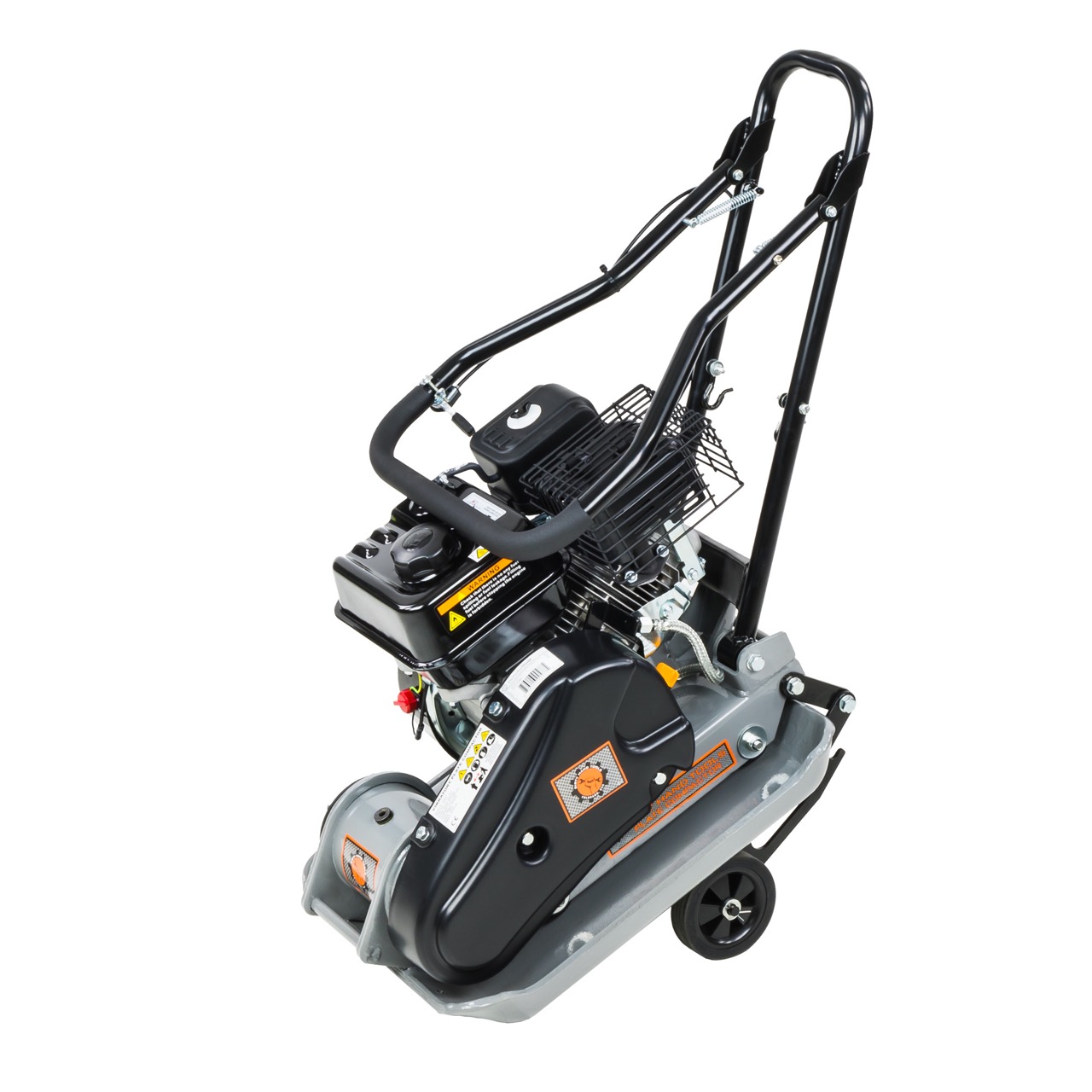
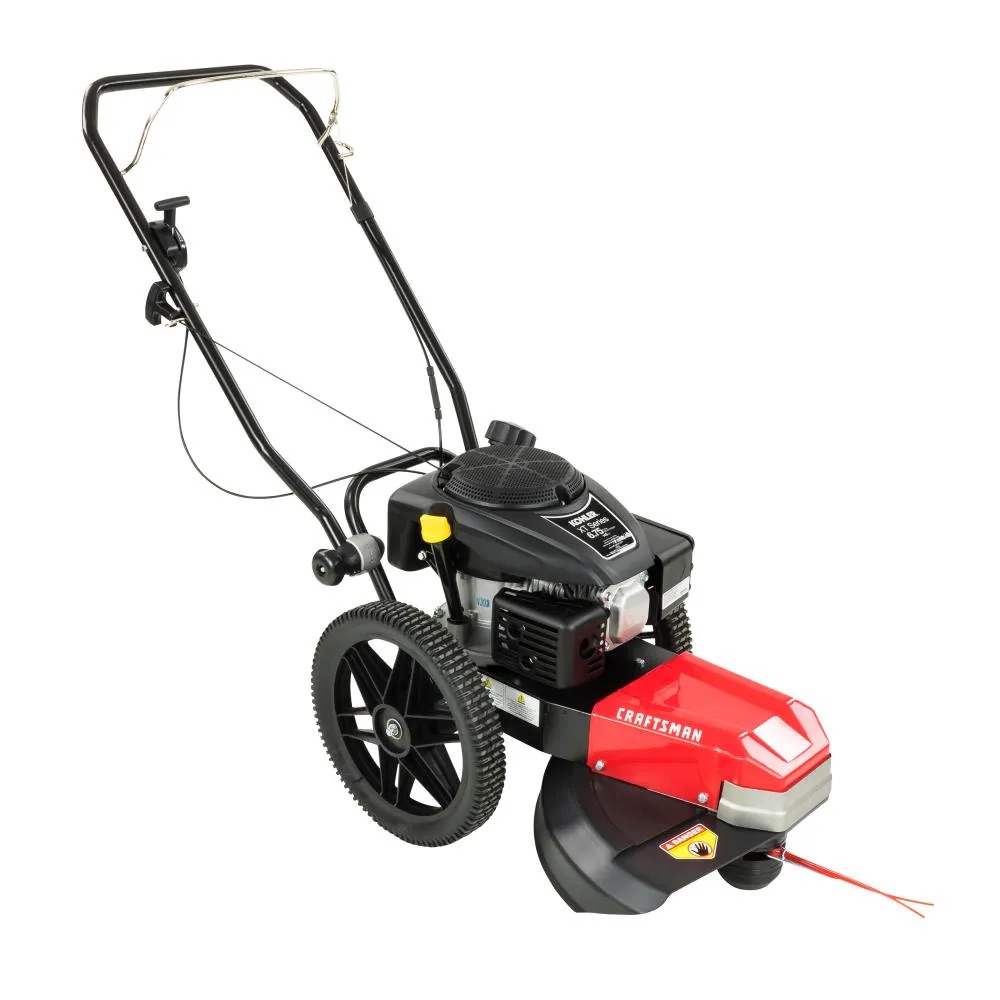
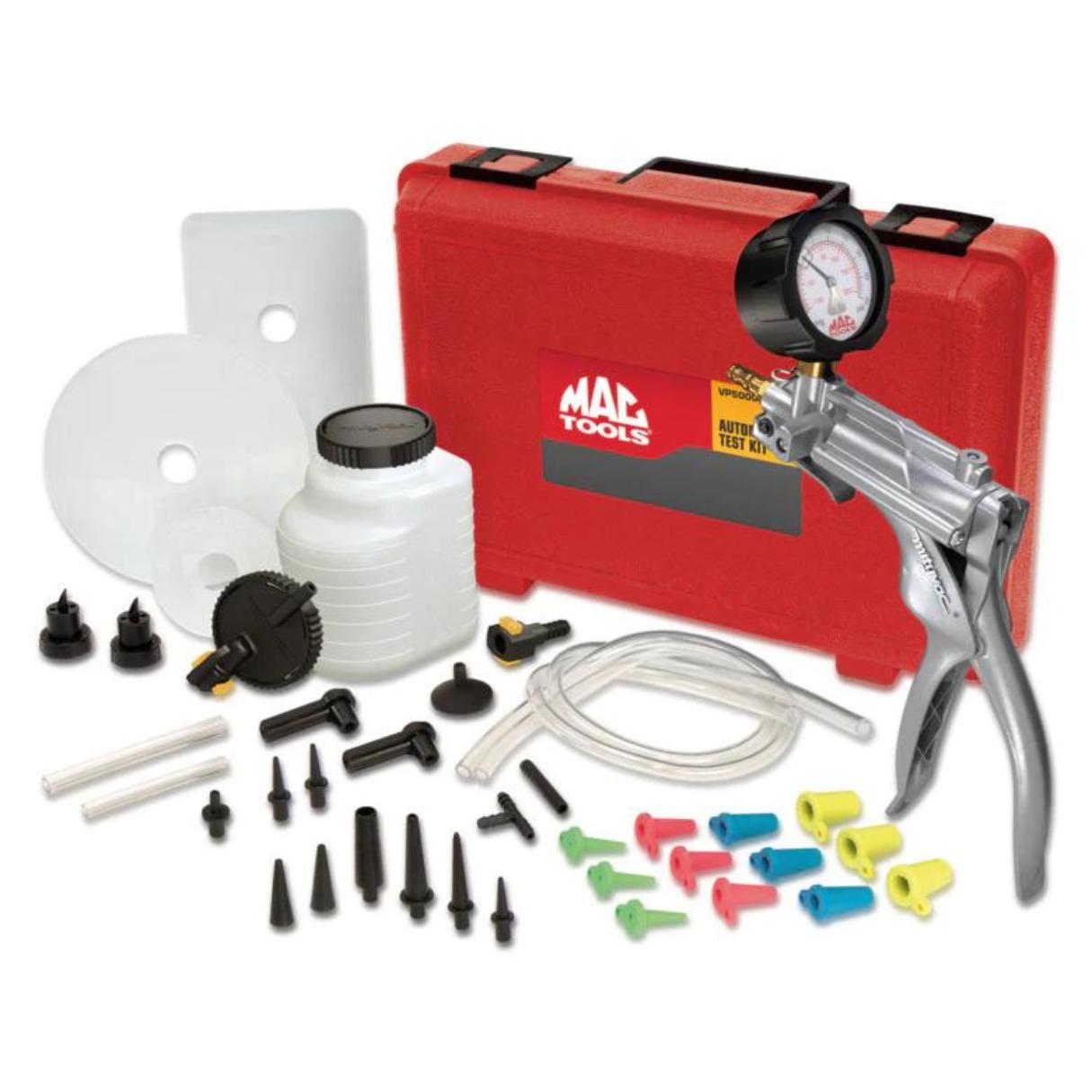
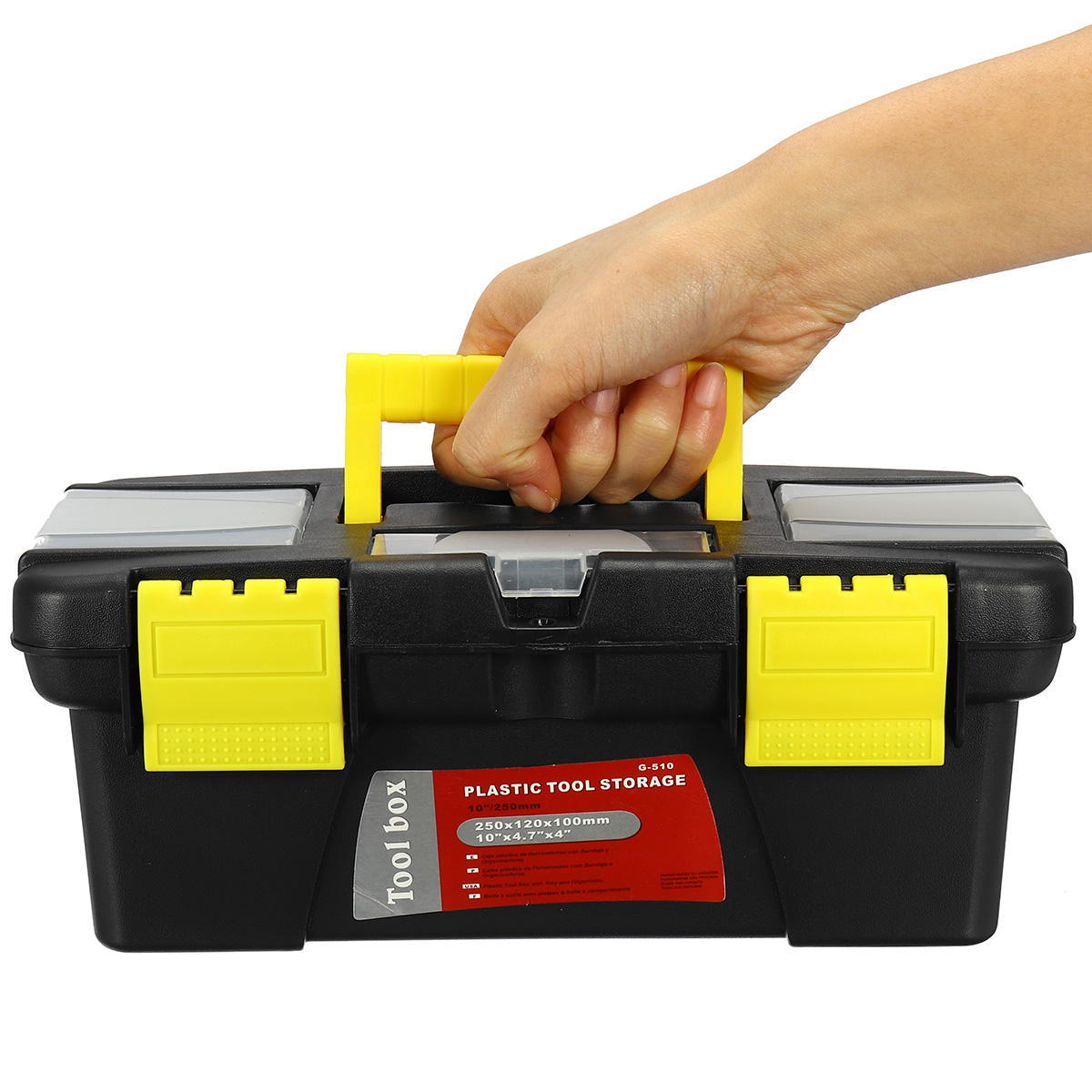


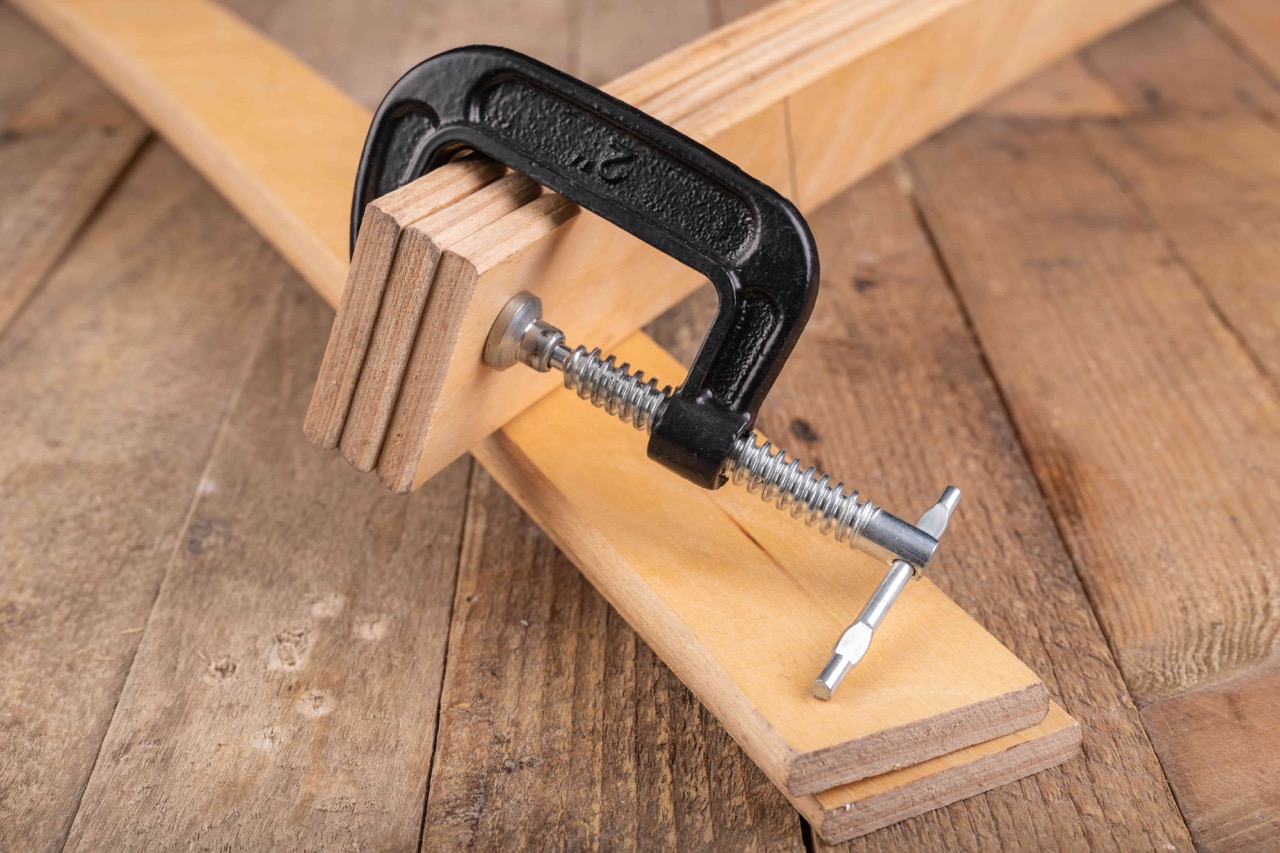

0 thoughts on “How Much Hydraulic Fluid Does A Dirty Hand Tools Log Splitter Take”